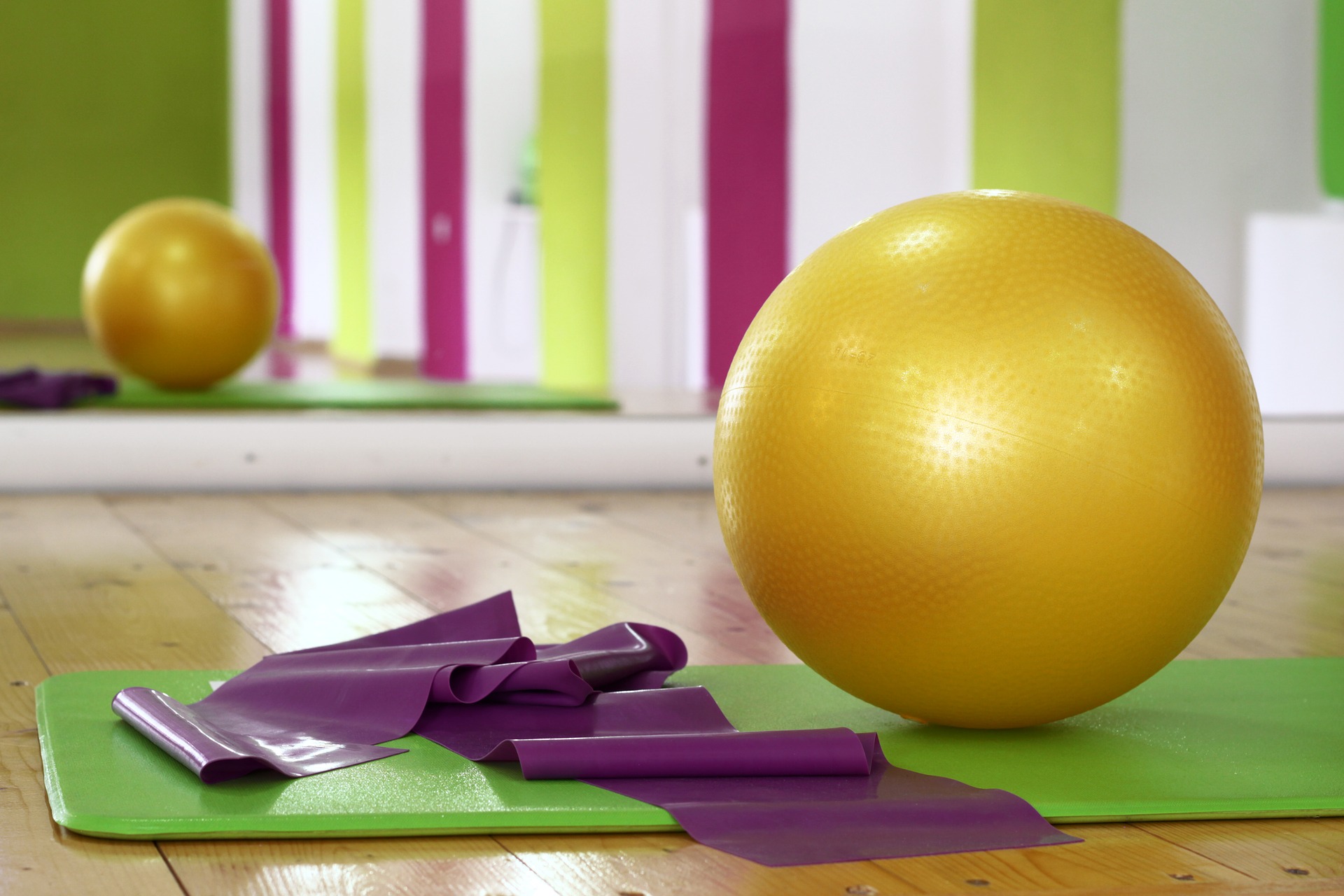Reprotoxic plasticisers found in sports articles

In AskREACH New Year’s-testing 82 samples were analysed and results shows that many sports and leisure articles contain various plasticisers which are harmful to reproduction as well as other substances of concern which are harmful to the environment and human health.
The articles tested included gymnastic balls, yoga mats, dumbbells, skipping ropes, swimming utilities, water bottles, or gymnastic shoes purchased in 13 European countries. In total, 82 samples were analysed in an independent accredited laboratory for “Substances of Very High Concern” (SVHCs), like plasticisers, flame retardants, heavy metals, or alkyl phenols. The samples were bought with a focus on soft plastic articles, independent of brands or retailers.
SVHCs were detected in 20 samples (24%). Nine samples (11%) contained SVHCs above 0.1%, which means that companies have to inform consumers on request about their presence under the EU REACH chemicals regulation.
Furthermore, 7 articles contained the plasticisers DEHP or DIBP, which are restricted in the EU because of their reprotoxic and endocrine disrupting properties. Articles containing these substances at concentrations above 0.1% have not been allowed on the market since July 2020. However, DIBP was found in concentrations as high as 41% in a Pilates ball and 35% in an exercise ball.
Another article contained short-chain chlorinated paraffins (SCCP ), which are very persistent in the environment. They are regulated under the Stockholm Convention and are banned around the world in articles at concentrations above 0.15%. Yet a skipping rope contained SCCPs at a concentration of 2.6%.
For all the articles purchased, an SVHC request was sent to the retailer in accordance with REACH. Most retailers did not respond within the 45 day statutory period and had to be reminded. Eventually nearly half of them (44%) provided information about SVHCs in their articles. Sellers of articles where our tests revealed SVHC concentrations above 0.1%, stated that there were no such substances in these articles. This demonstrates the difficulty of obtaining information about the articles sold, even for retailers.
The test results highlight how difficult it is to implement the EU REACH strategy, which calls for voluntary substitution of SVHCs in consumer articles.
Substances such as reprotoxic plasticisers, persistent paraffins or carcinogenic flame retardants can still be found in articles. Communication with companies about the composition of their articles is complicated and retailers often do not know about what their articles contain.
In order to achieve the substitution of SVHCs in everyday articles, steps need to be taken both by companies and enforcement authorities) about the implementation of REACH. First of all, knowledge about the SVHC contents in articles has to be gained along the supply chain.
We urge consumers to use their right to know and use Scan4Chem app for every purchase and to request information about all articles that interest them. The response behaviour of companies will only improve if they are confronted with this topic by customers. Consumers can show retailers that they do not want to buy articles containing SVHCs!
Suppliers can implement REACH stategy by registering and uploading their articles to the AskREACH database.
During the project period companies may also test a best practice IT tool for SVHC communication in the supply chain free of charge.
More details about the tests can be found in the AskREACH background report under PUBLICATIONS.



